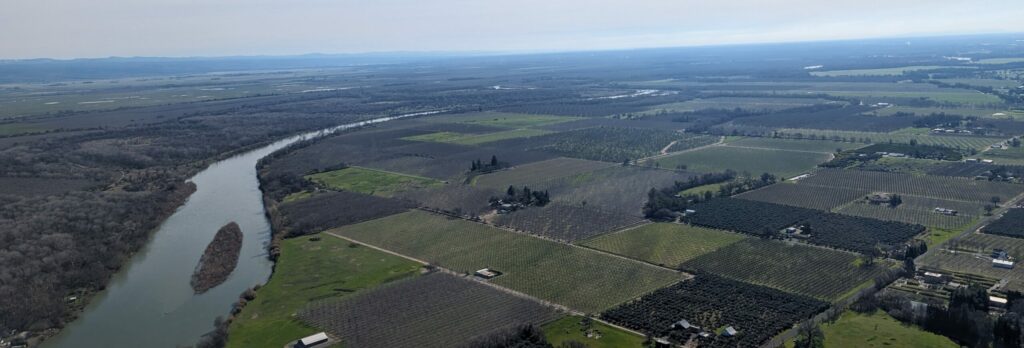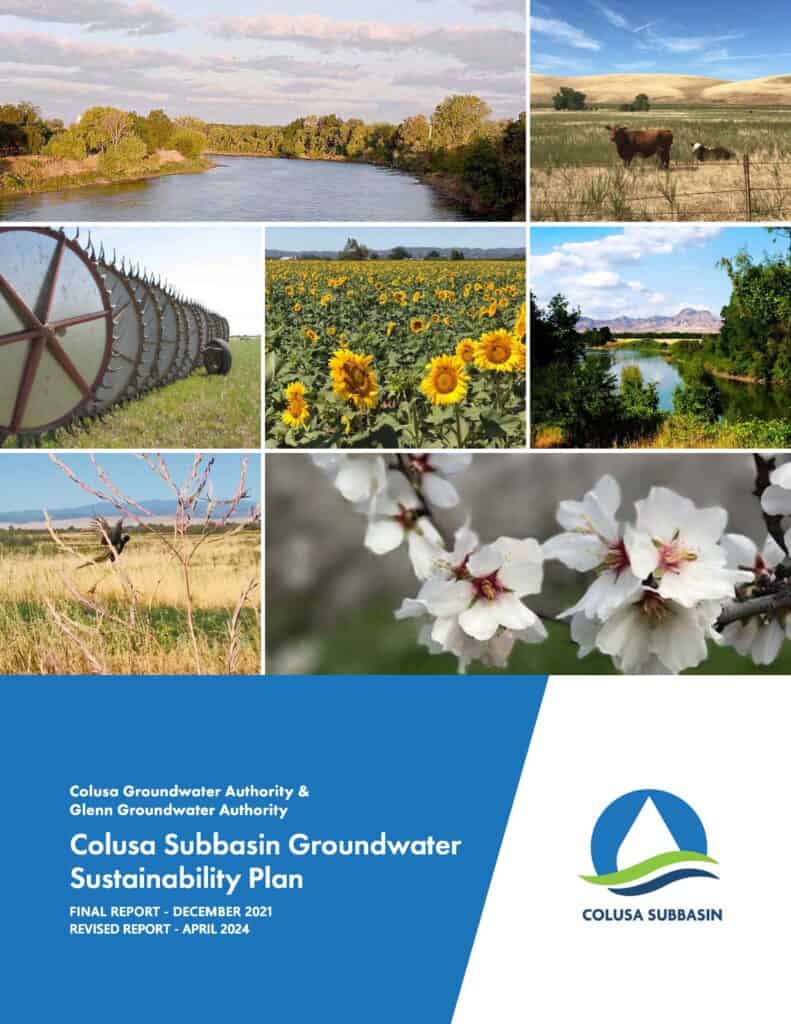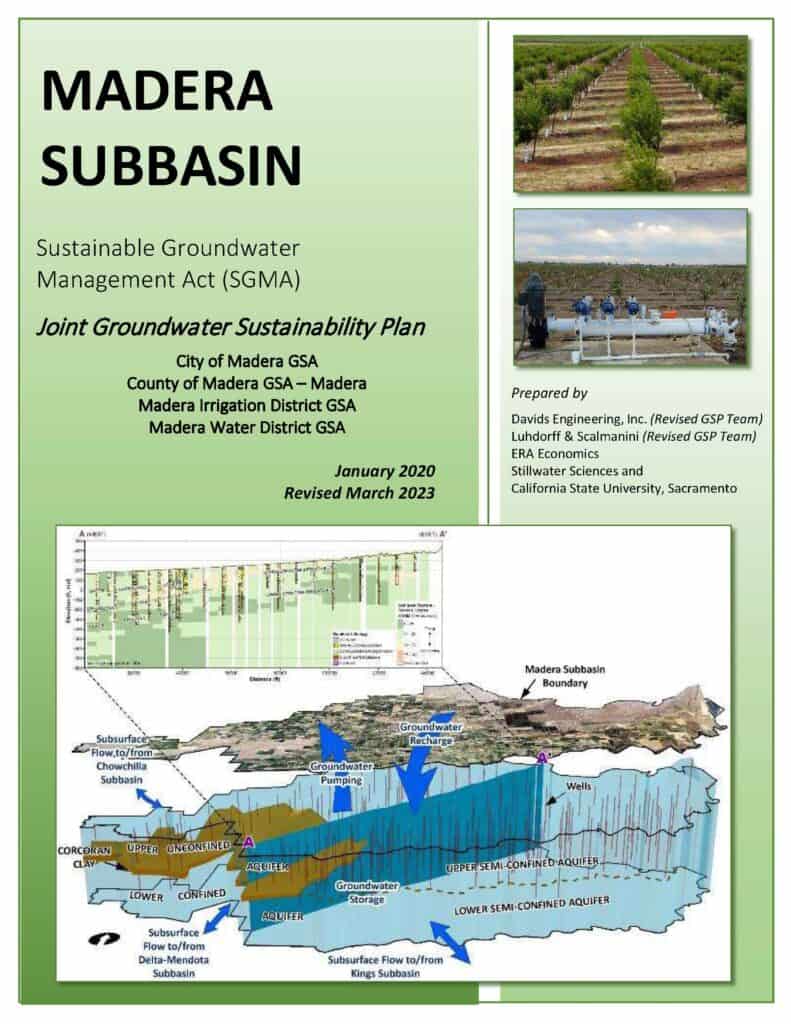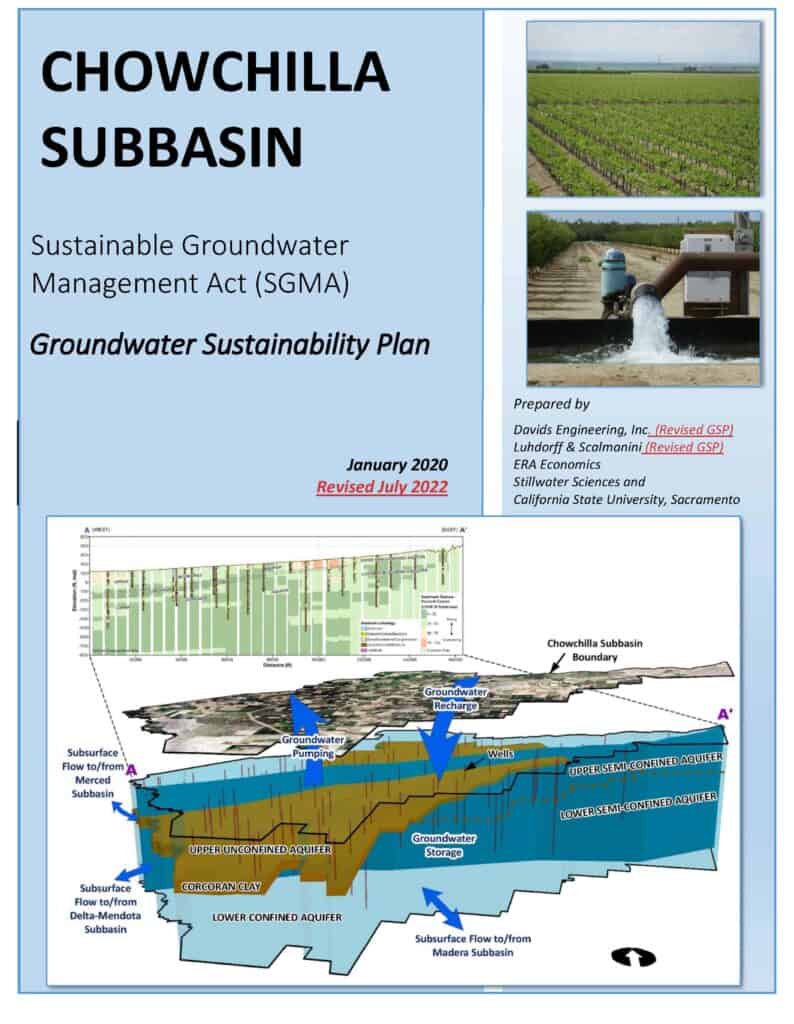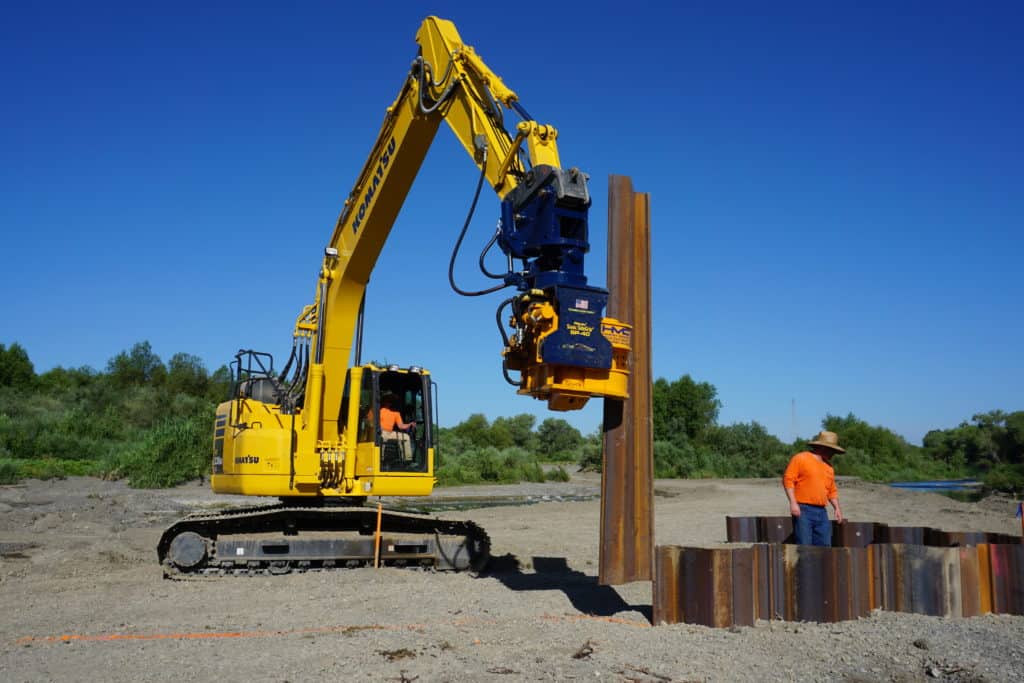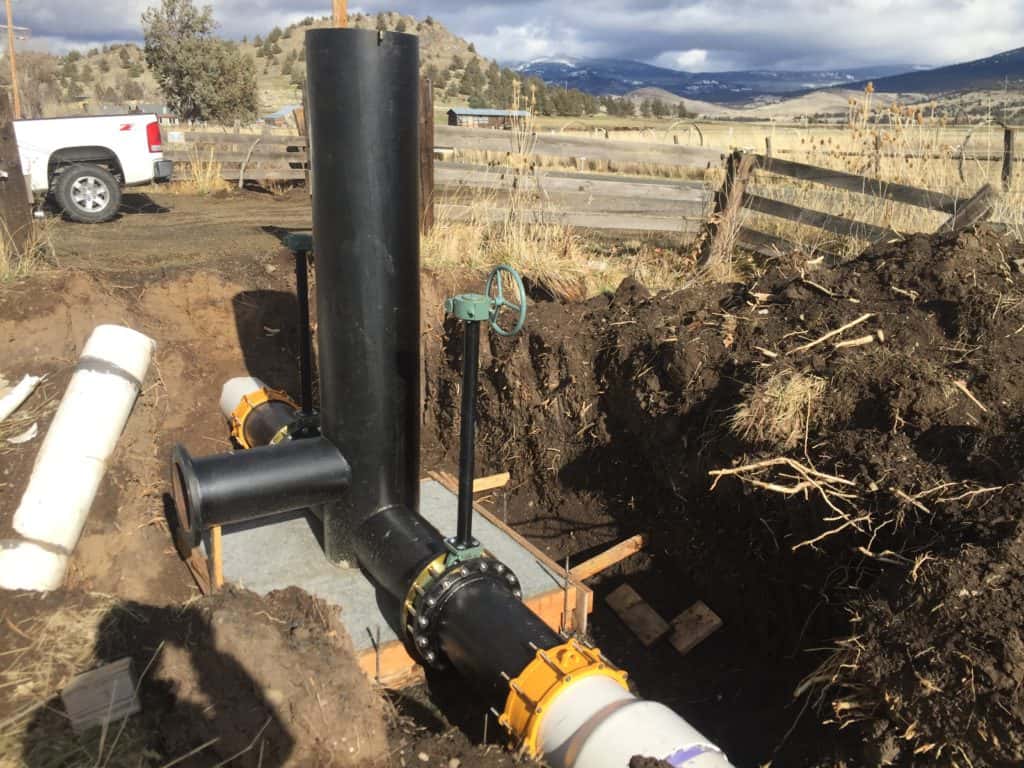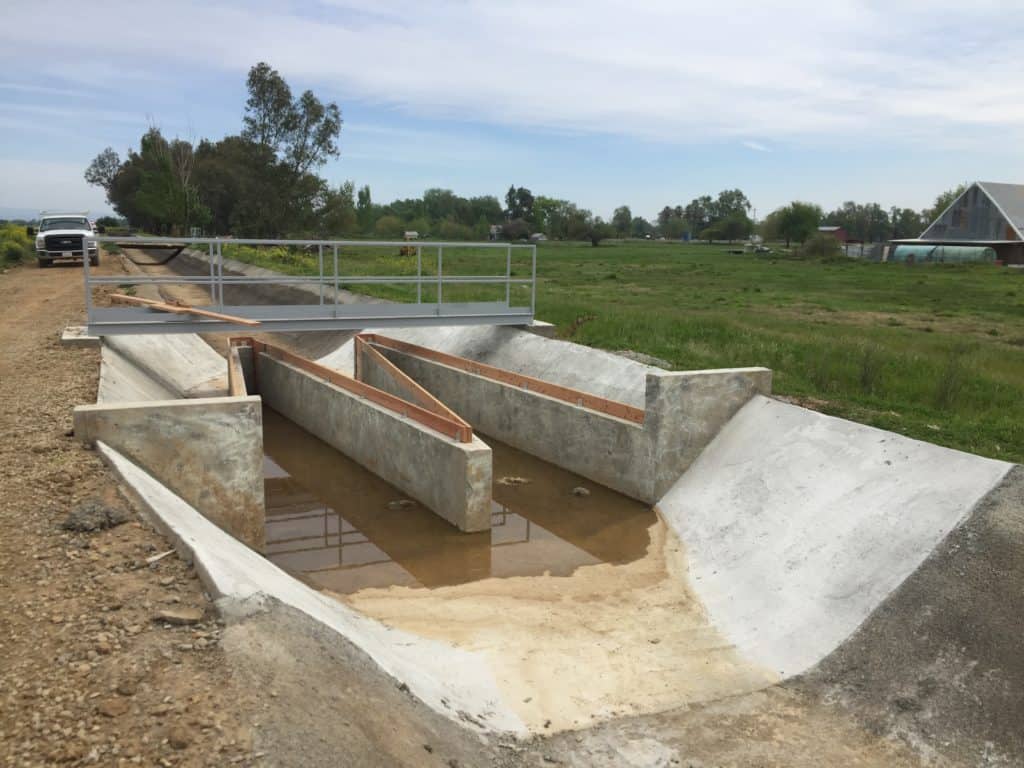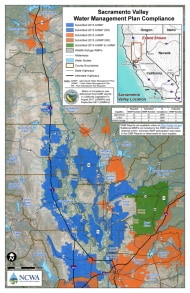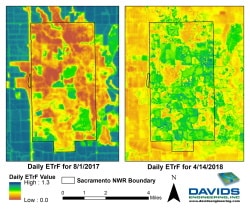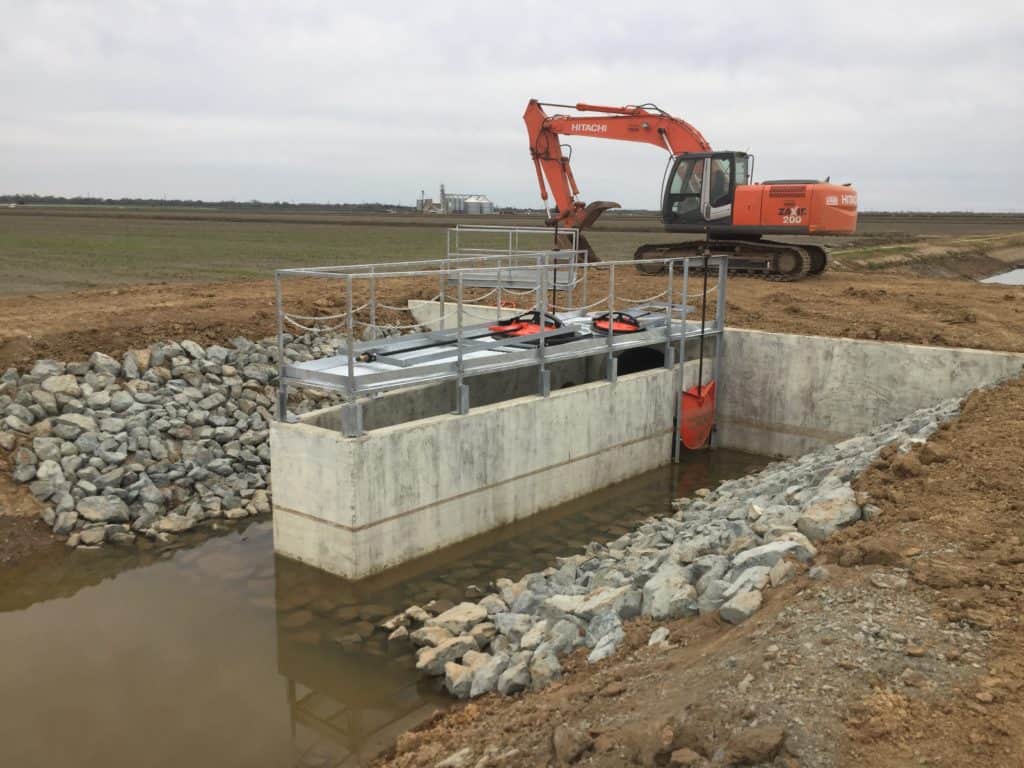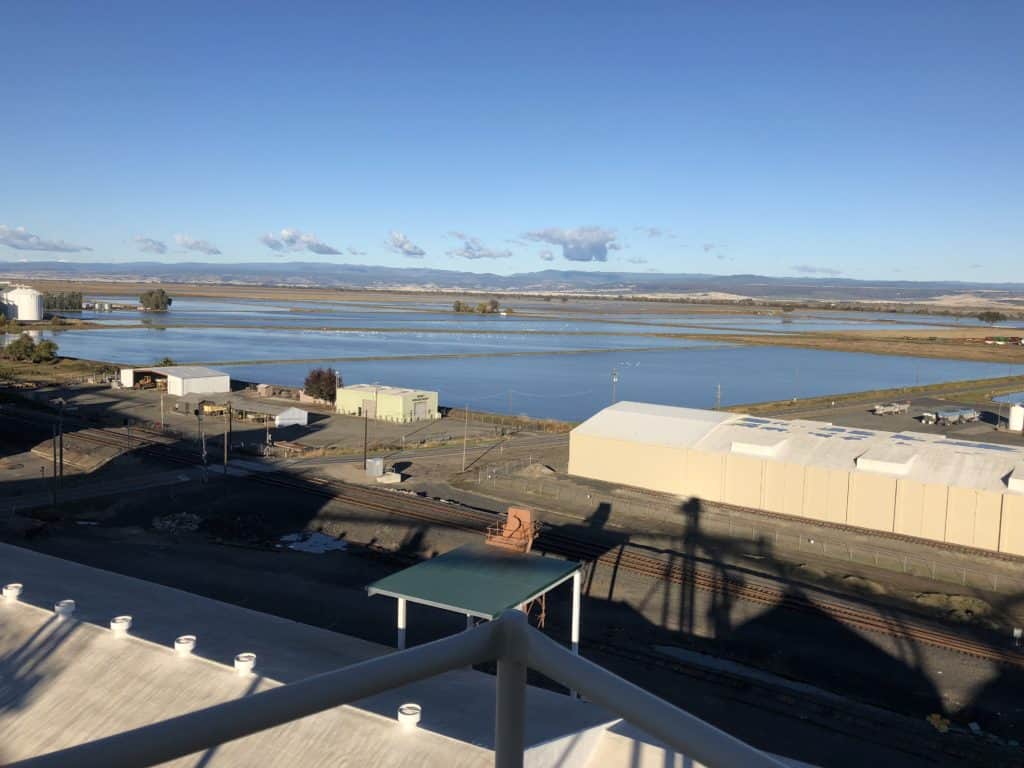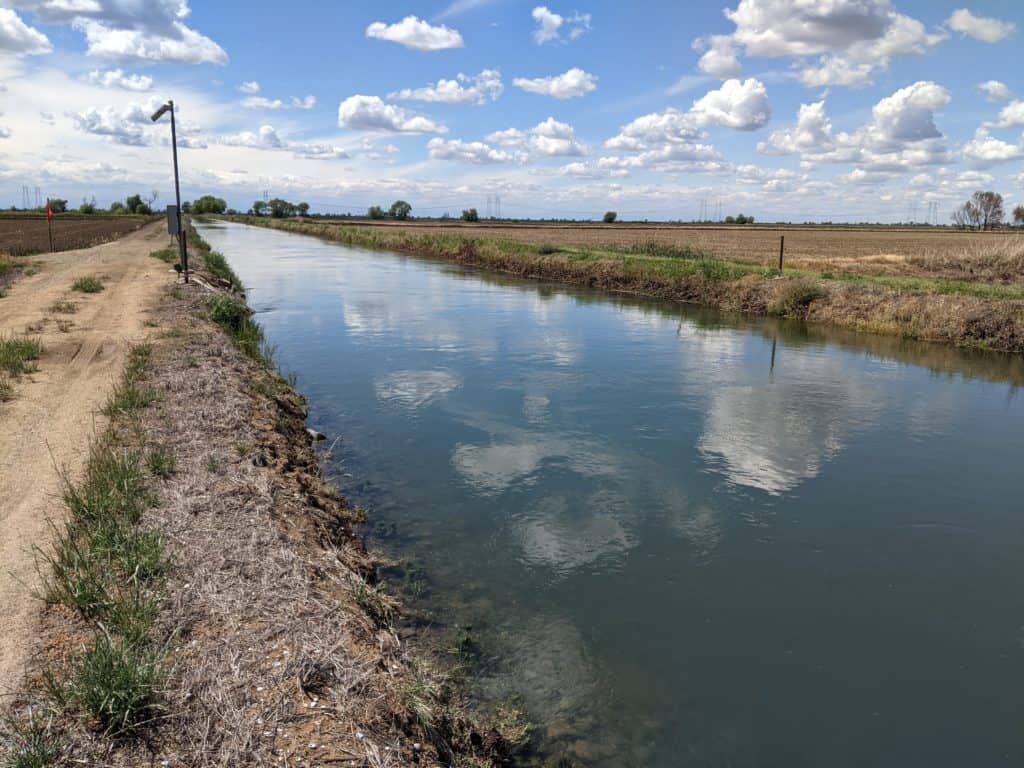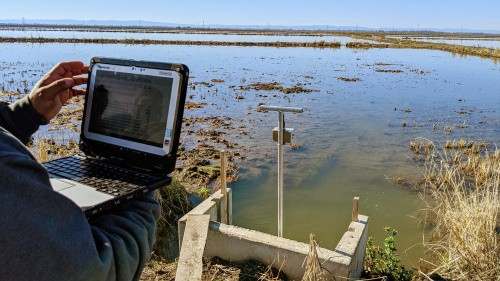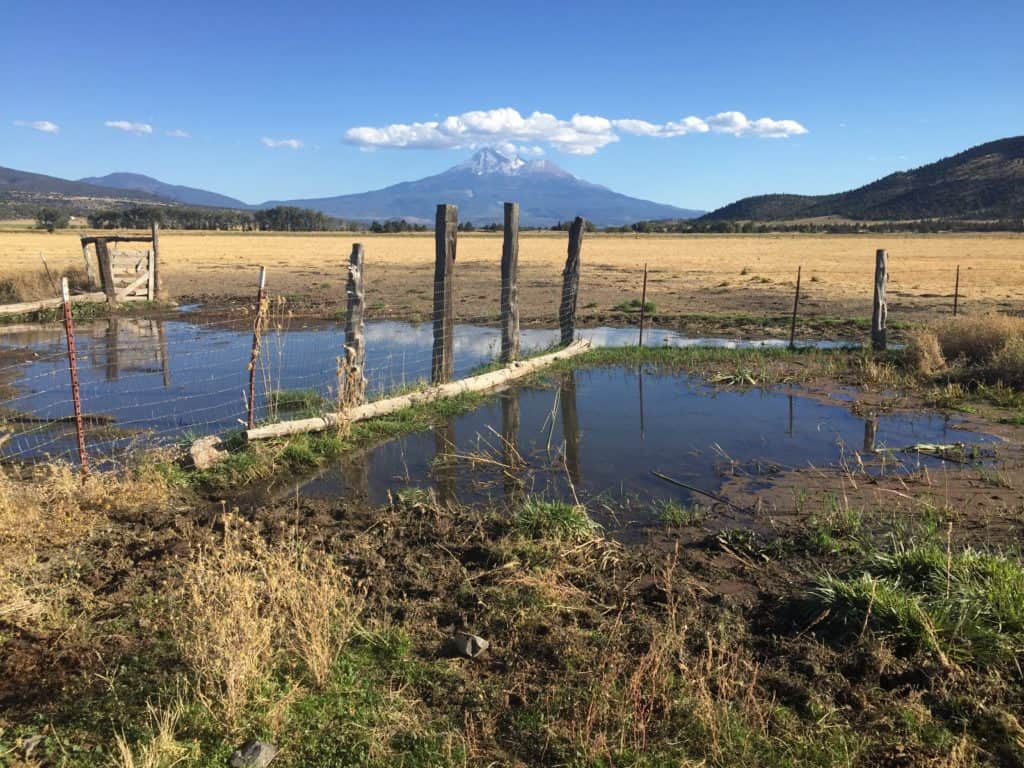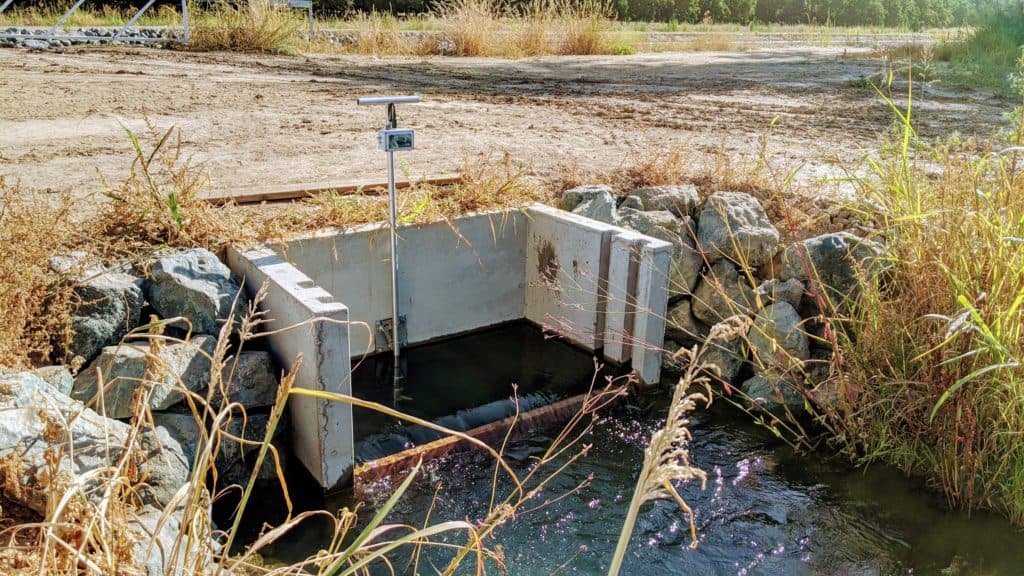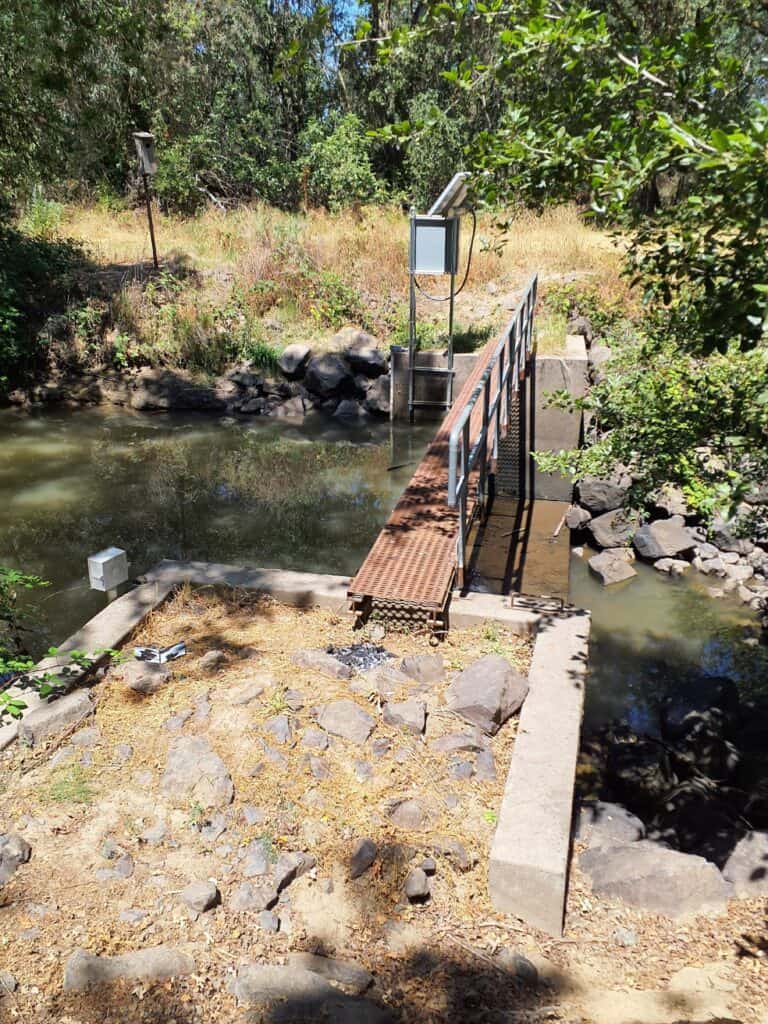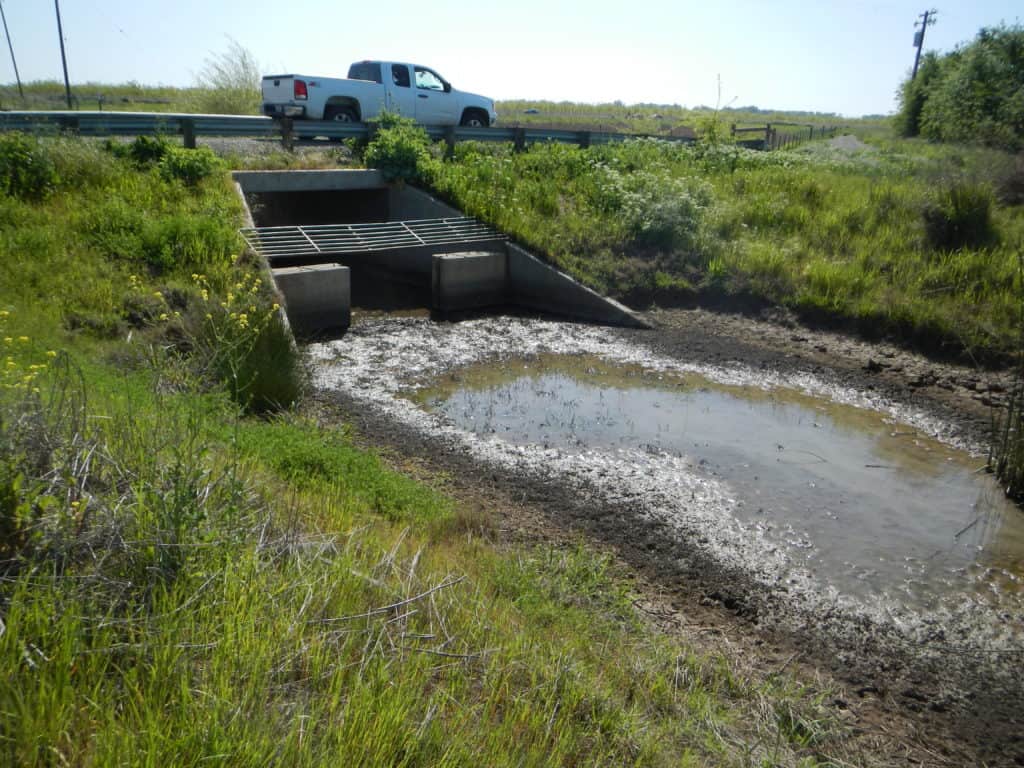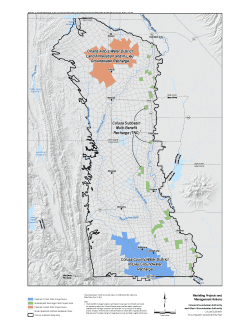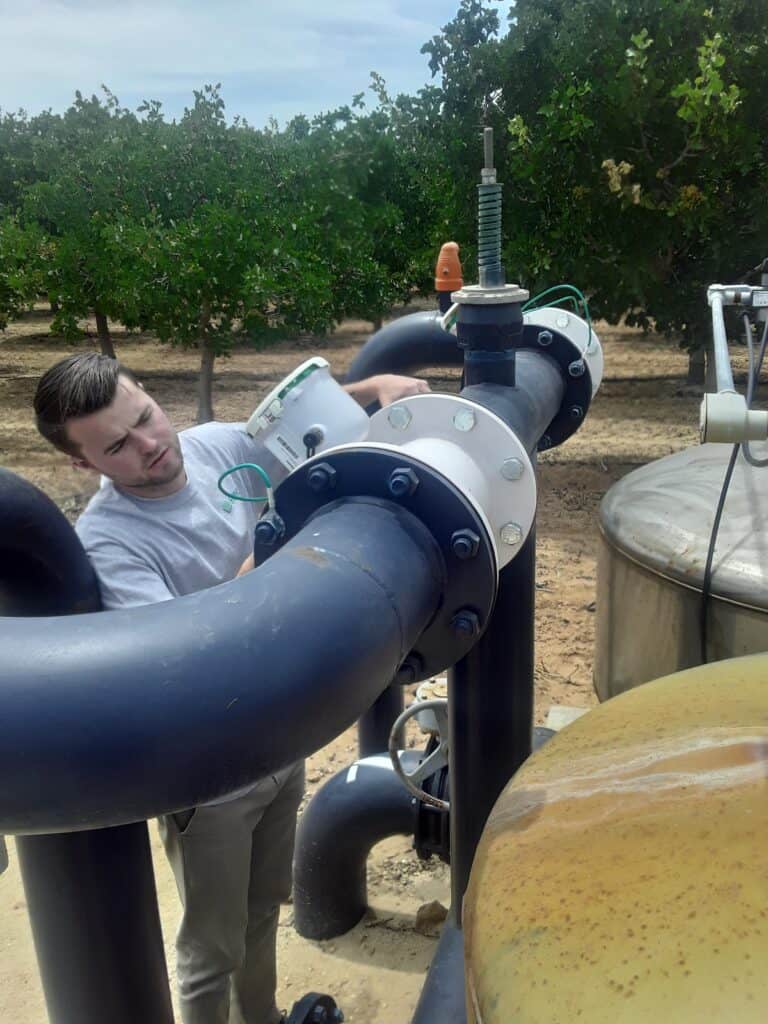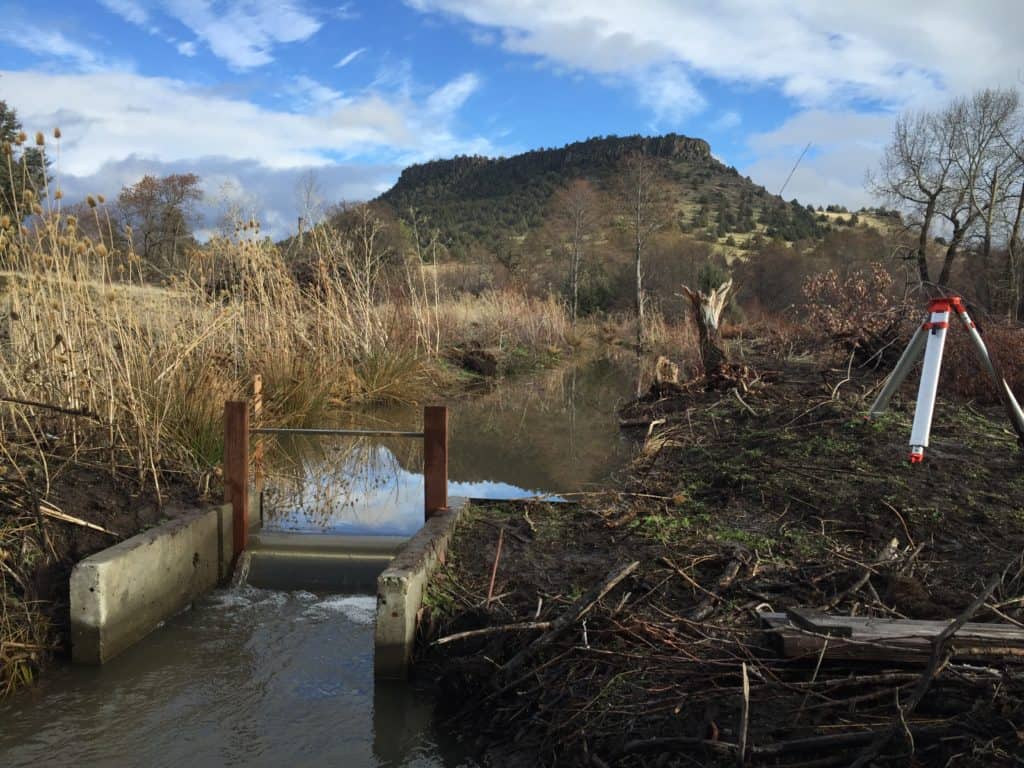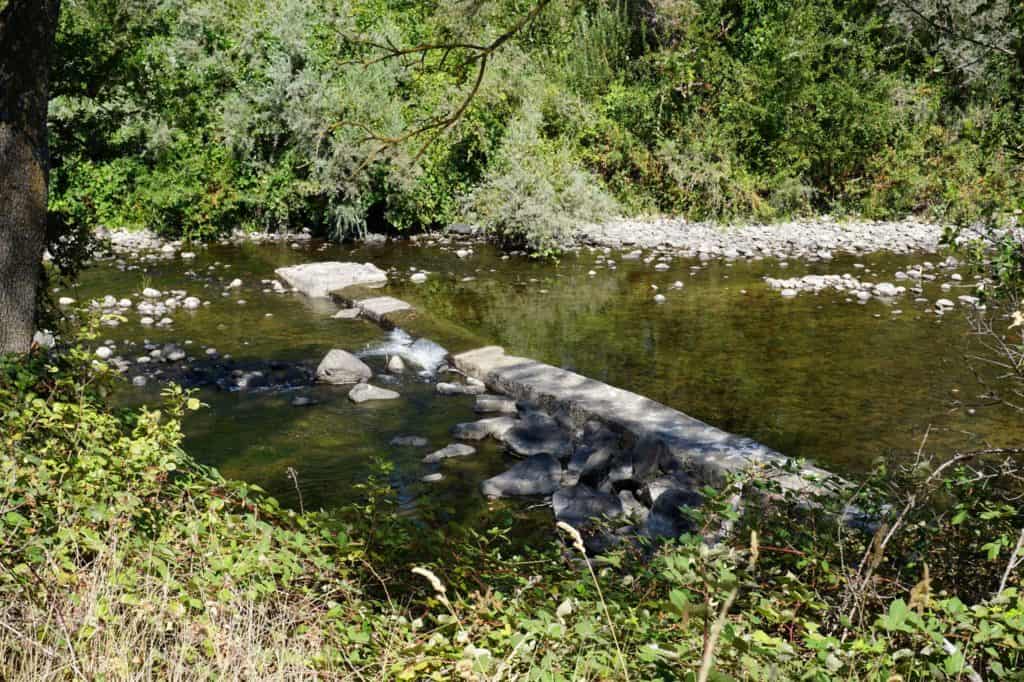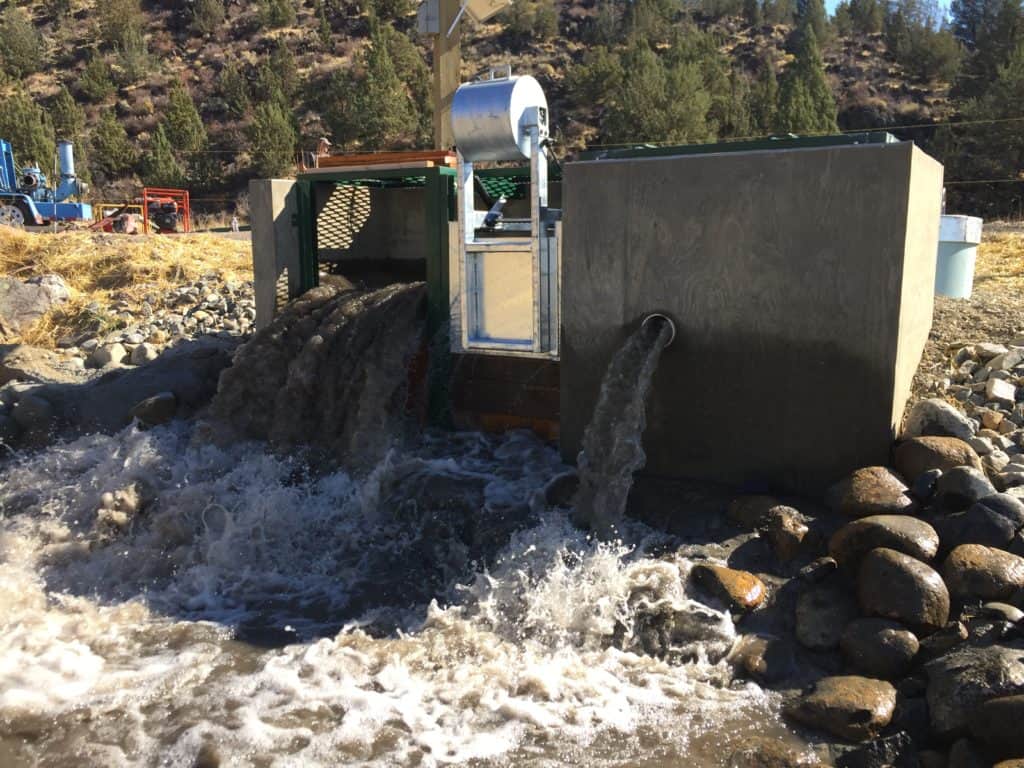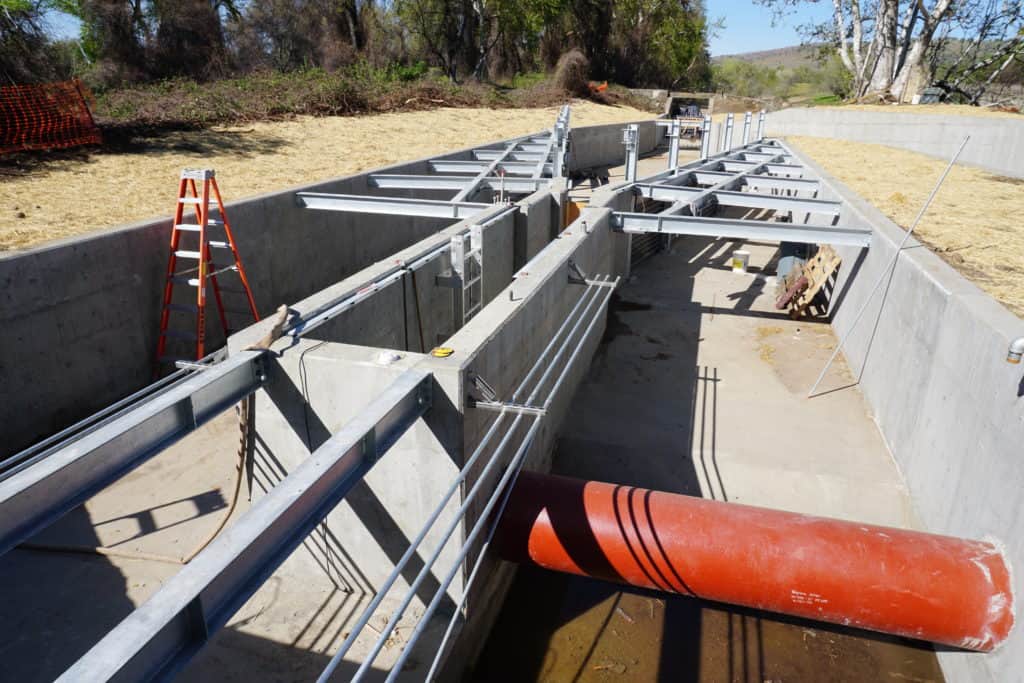Davids Engineering provided model programming and operation to develop and implement a daily root zone water balance model for approximately 8,000 fields representing 300,000 acres in the southern San Joaquin Valley of California. Results of the effort are being used to refine estimates of groundwater extraction and recharge and are expected ultimately to be used to refine an existing groundwater model. The model is driven by remote sensing of crop transpiration, coupled with simulation of irrigation practices to estimate bare soil evaporation and was calibrated and validated using available datasets describing spatially distributed actual evapotranspiration (ET) rates developed using the Surface Energy Balance Algorithm for Land (SEBAL).
A key advantage of the model is that it can account for actual crop evapotranspiration with limited reliance on detailed information describing cropping patterns over time. Additionally, by leveraging off existing SEBAL datasets, the model can be applied over long time periods at modest cost. The model was applied for the 12-year time period from 1999 to 2010 on a daily time step for each field and provides estimates of all water budget components at the field scale, including ET of applied water, ET of precipitation, applied irrigation water, deep percolation of applied water, deep percolation of precipitation, tailwater (runoff of applied water), runoff of precipitation, etc.
A key advantage of the model is that it can account for actual crop evapotranspiration with limited reliance on detailed information describing cropping patterns over time. Additionally, by leveraging off existing SEBAL datasets, the model can be applied over long time periods at modest cost. The model was applied for the 12-year time period from 1999 to 2010 on a daily time step for each field and provides estimates of all water budget components at the field scale, including ET of applied water, ET of precipitation, applied irrigation water, deep percolation of applied water, deep percolation of precipitation, tailwater (runoff of applied water), runoff of precipitation, etc.
